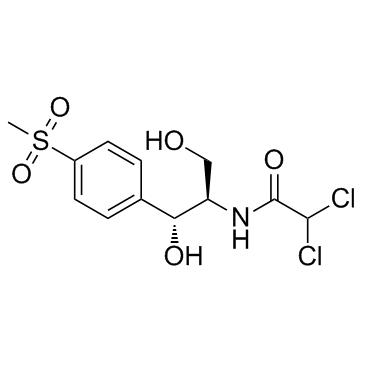| Structure | Name/CAS No. | Articles |
|---|---|---|
 |
Florfenicol amine
CAS:76639-93-5 |
|
 |
Thiamphenicol
CAS:15318-45-3 |